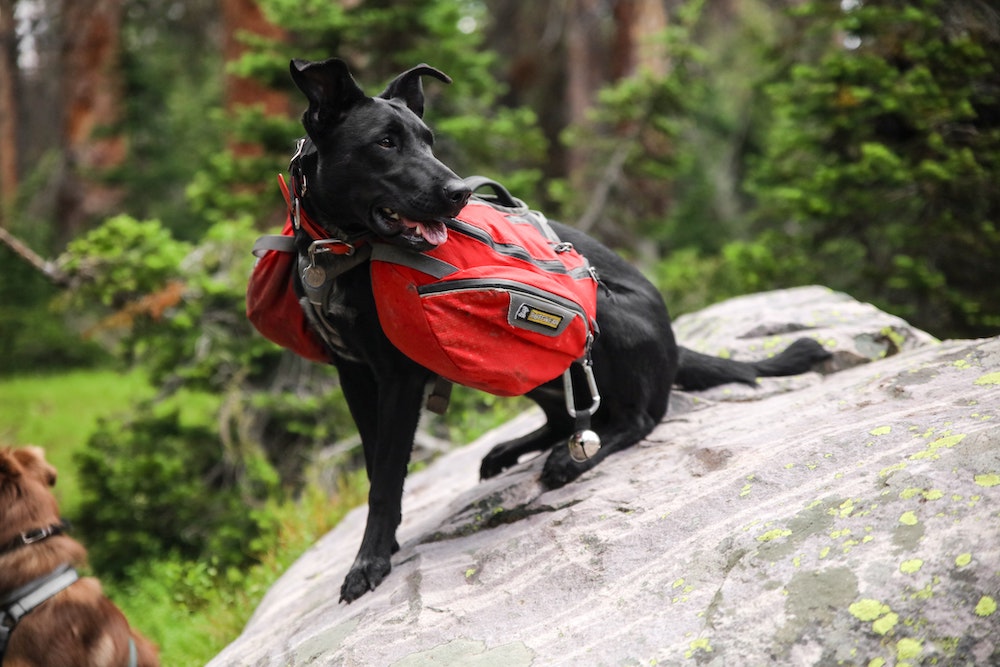Dogs and humans have lived together in harmony for thousands of years, helping us in so many ways as our hunting companions, our emotional support, and most of all our best friends. However, some dogs have transcended the human-pet relationship and become working dogs. This blog will delve into the history of various types of working dogs.
Herding dogs
Herding dogs have been very important to sheep and cattle handlers for centuries. There are known records that date back to the 16th century of shepherds talking about the values of herding dogs, before those dogs were used to protect herds from predators. There are even ancient sculptures and tablets that suggest dogs have been aiding man with hunting and herding animals for thousands of years.
Service dogs
A service dog is vital for people with disabilities and vision impairments, hearing impairments, mental illnesses, epilepsy, mobility impairments as well as diabetes. Dogs with an amazing temperament and patience tend to turn out to be brilliant service dogs. Service dogs normally require specialised training to be able to execute the tasks needed at hand. One of the earliest training programs for service dogs was founded in 1916 in Germany, where German shepherds were trained to serve as guides. Service dogs were in big use during World War I and World War II, where dogs were used as messengers, scouts, and to boost the morale of soldiers. Another service dog is the hearing dog, which assists the hearing impaired. These dogs assist their owners by nudging with either their paw or snout, in the event of a sound that the owner needs to be aware of.
Search and rescue dogs
Search and rescue dogs have helped locate people for hundreds of years. The earliest records of dogs aiding in a search and rescue were in Switzerland and Italy by the Saint Bernard breed. Amongst the wide variety of dogs that served in World War I, were search and rescue dogs. They were a tremendous help in helping the medics find wounded soldiers. In the United States, police began to use search and rescue dogs, typically bloodhounds, to track down missing persons and escaped convicts starting in the 1960s.
Police dogs
K-9s have been utilized by law enforcement since the Middle Ages. Their earlier use was mainly to track down outlaws and runaways. One of the traits a police dog needs to possess is obedience. Before joining the dogs need to be able to pass a strict obedience training course.
There are four primary categories of police dogs:
Sentry dogs:
Sentry dogs, also known as attack dogs. They are used to locate and subdue suspects. Sentry dogs are effective when a suspect is fleeing from police officers.
Narcotics dogs:
These dogs are used to detect narcotics and then alert the handler of their findings. The dogs are able to detect illicit substances either on a person or in a building. These dogs are commonly found in airports aiding officers maintain a safe traveling environment.
Beagle brigade:
These pups are used to sniff out unauthorised meats and foods at airports. By detecting the contaminated foods, the Beagle Brigade prevents the potential spread of food and plant diseases.
Explosive dogs:
These dogs are similar to narcotic dogs but instead of smelling for illicit substances, they detect explosive materials.
Cadaver dogs:
Cadaver dogs are trained to be able to sniff out decomposing corpses.




